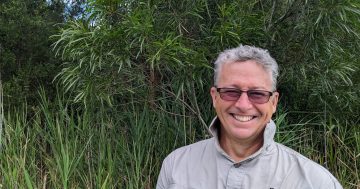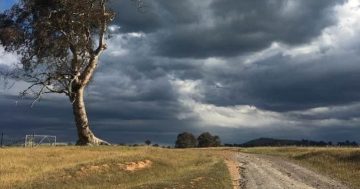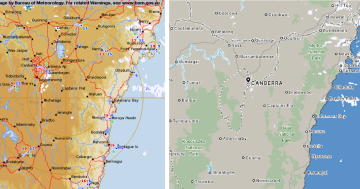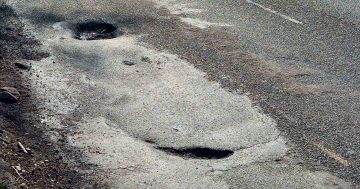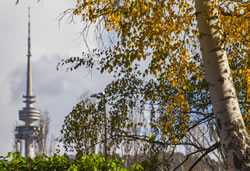 Canberra’s famous hay fever season is set to become more unpredictable in the years ahead due to climate change according to researchers at the Australian National University (ANU).
Canberra’s famous hay fever season is set to become more unpredictable in the years ahead due to climate change according to researchers at the Australian National University (ANU).
Director of the School of Culture, History and Language at ANU, Simon Haberle said climate change was impacting the seasonal cycle of pollen, “making it increasingly difficult to predict when to crack out the antihistamines”.
Dr Haberle, who is also Director of Canberra Pollen, said the ACT’s most recent hay fever season reached record-breaking extremes early on due to the rainy conditions of the preceding winter.
“The arrival of La Niña also played a part; the weather phenomenon led to increased rainfall across most of Australia,” he said.
“We are beginning to see these really interesting patterns around what wet weather can produce.
“La Niña provides the ideal conditions for plant growth and pollination, and that’s what we’ve seen in this last season.”
Though research was yet to confirm a definitive link between La Niña and high pollen levels, Dr Haberle said the data suggested a broad correlation.
The Director said the nation’s capital was a hot spot for hay fever, with one in three people coping with allergic rhinitis – the highest rate in the country.
He said Canberra’s mix of native and introduced plant species meant people could experience varying levels of discomfort from late June through to March.
Researcher at the Fenner School of Environment and Society at ANU, Janette Lindesay warned that the hay fever season could be extended even further as unpredictable weather patterns and temperature changes caused stress to plants.
“We can’t rely on past experience of what we know of the allergy season,” Dr Lindesay said.
“There’s no guarantee it’ll be true in the future because all of that is shifting,” she said.
Dr Lindesay said it was hard to know precisely what the ‘new normal’ would look like and that, even if Australia could achieve an emissions target of net zero by 2050, it would take at least another half a century for the environment to begin to adapt.
“In the meantime, we should expect warmer temperatures, sudden cold snaps and punishing thunderstorms,” she said.
“And, most likely, more pollen in the air.”
Dr Lindesay advised people suffering from pollen allergies to wear masks, while Dr Haberle recommended people check the Canberra Pollen and AirRater apps and limit time outdoors when pollen levels were high.



